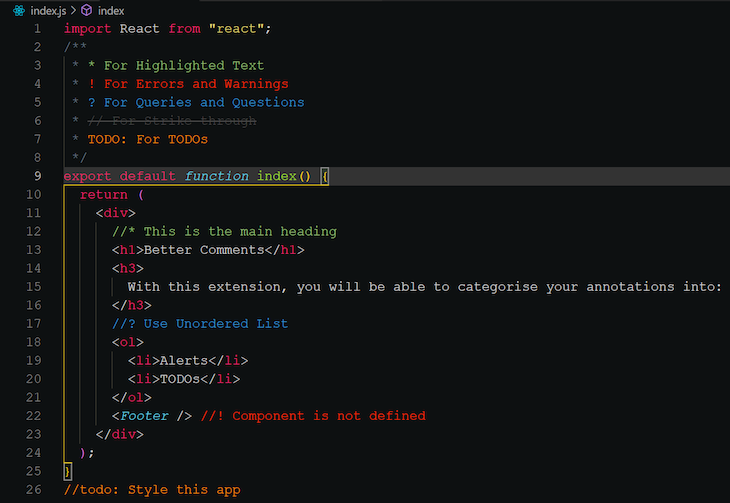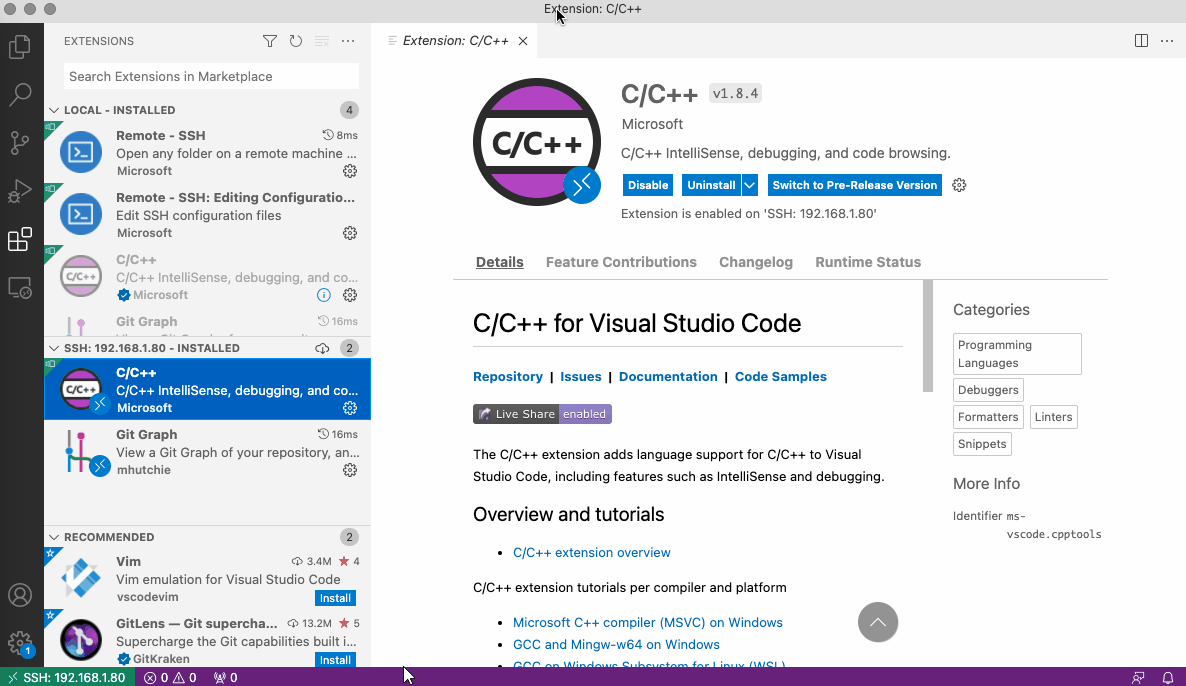
- Node js visual studio code extension how to#
- Node js visual studio code extension install#
- Node js visual studio code extension update#
- Node js visual studio code extension full#
- Node js visual studio code extension windows#
This is a preview and I would really love some feedback if something is not working as it should. Simply press CTRL + SHIFT + P and launch 'Node.js Interactive window (REPL)'.
Node js visual studio code extension install#
Now that we have everything setup and working, the only thing you need to do in your next project is to Install the jQuery TypeScript type definitions file and reference it in your JavaScript files, as explained in the Use the definition file(s) section. Node.js Interactive window (REPL) Node.js Interactive Window (REPL) for Visual Studio Code using Node.js command line right in your favorite IDE.
Node js visual studio code extension full#
So, by linking the tsd.d.ts in our JavaScript files, it allows us to include all our loaded type definitions files at once (we only have jQuery for now, but who knows the future ) ).īack to our app.js file, we now have full jQuery IntelliSense: If you open the tsd.d.ts file you will see a reference to jquery/jquery.d.ts which is our jQuery type definitions file (the file we “installed” earlier). This basically told VS Code to append the type definitions contained in our tsd.d.ts file to its actual IntelliSense.
Node js visual studio code extension update#
To enable jQuery IntelliSense, we need to add a /// reference instruction to our JavaScript file.įor some reasons, VS Code does not update after you type the pathso if you are stuck with an error like the following, reopen the file and it should fix it. Your project structure should now look like this: This will install the TypeScript type definitions file we are looking for. Lets install the npm package named TSD globally, by typing the following command: But lets keep this for another day… Installing TSD globally If you don’t know TypeScript, this is also a nice topic to look into. We will use a TypeScript type definitions file in JavaScript.

Why is the title saying JavaScript but now you talk about TypeScript ?
Node js visual studio code extension how to#
How to add jQuery IntelliSense to a Visual Studio Code JavaScript file jQuery TypeScript type definitions Here is the full index.html file: How to add jQuery IntelliSense to a Visual Studio Code JavaScript file I changed the linked jQuery file to the version 3.1.0 and I also included the integrity and crossorigin attributes to my script tag. In my index.html file I used the Bootstrap 3 Snippets extension to create the basic layout ( bs3-template:html5 snippet). I created my project there at F:\Repos\BlogPost\jquery-intellisense. Now that Node.js and NPM are installed, lets create a Visual Studio Code folder.

For other OS, I really don’t know - Google is your friend tho… sry jQuery IntelliSense The project directory
Node js visual studio code extension windows#
For other Windows versions this will be pretty similar.

If this does not work, look at the following link: fixing npm path in Windows 8. But its been a while since I installed Node, so I might be wrong here.Īfter the installation, open a console ( cmd for Windows users) and type npm. If I remember well, during the installation process, the installer will prompt you about that. Which will become really useful really fast, I am telling you. This way, you will be able to get access to node and npm from everywhere without typing the file path every time. Install Node and NPM and make sure the path is added to you PATH environment variable.

Next, you can log in to Azure and open PowerShell or Bash in Cloud Shell: Visual Studio Code Azure Account extension.On Windows: Requires Node.js 6 or later to be installed ( ).First, you need to install nodeJS and the Azure Account extension. To set up Cloud Shell in Visual Studio Code you need to do two things. However, there is also a third option, which allows me to run Cloud Shell directly within Visual Studio Code. A lot of times I am editing files and writing code and Azure Resource Manager (ARM) templates in Visual Studio Code and in that case I need to either use a local Azure PowerShell or Azure CLI installation or switch from Visual Studio Code back in the browser to use Cloud Shell. I use it often directly in the Azure Portal, on Microsoft Docs, in the Azure Mobile App or on. As you may know, I am a huge fan of the Azure Cloud Shell.


 0 kommentar(er)
0 kommentar(er)
